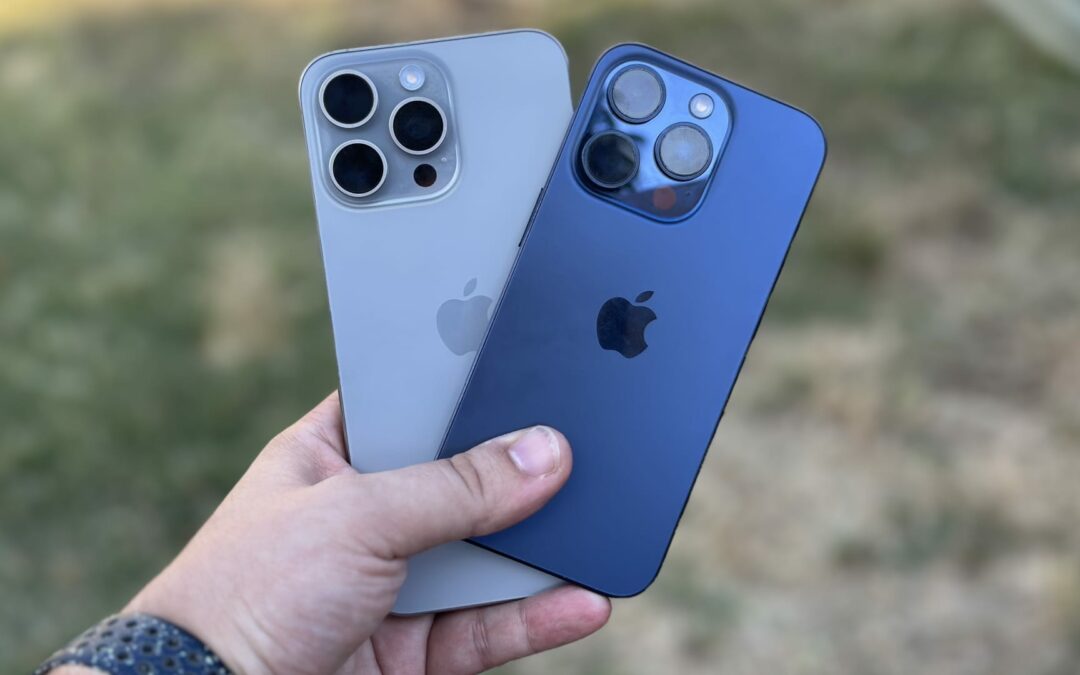Apple’s iPhone 15 Pro and iPhone 15 Pro Max have a new frame design, which could make repairing the devices’ screens or swaps of their batteries easier, according to a teardown analysis by iFixit, a parts vendor and gadget-repair advocate.
However, iFixit gives the new phones a poor repairability score: Four out of 10. That’s in part because Apple uses software to lock parts to specific devices, making independent fixes more difficult or near-impossible.
The iPhone 15 Pro and Pro Max, which went on sale Friday, have a new design that attaches the phone’s main parts to an aluminum frame, which is bonded to the titanium casing that users touch on the outside, iFixit found. Since the two most common smartphone fixes are replacing the battery and screen, the new design gives repairers easier access to those parts.
Apple highlighted the change in its announcement this month and also dropped the price to swap a cracked back glass plate to $149 or $169, versus $499 or $549 on last year’s Pro models. Screen repairs remain the same price, $329 or $379, depending on display size. Last year’s mainstream model of the iPhone 14 — not the pricier Pro — also had a design featuring removable back glass.
iFixit’s analysis also highlighted that Apple’s iPhones are using a Qualcomm X70 modem to connect to cellular carriers, after Qualcomm announced earlier this month that it would supply Apple with modem chips through 2026.
However, iFixit, a strong advocate for the right-to-repair movement, said that many iPhone parts, including the phone’s Face ID sensor, Lidar camera and wireless charging coil, are not replaceable without using an official Apple configuration tool to authenticate them.
“Parts pairing in these models extends beyond mere mechanical compatibility, requiring authentication and pairing through Apple’s System Configuration tool, further limiting genuine replacements to Apple-blessed ones and substantially impacting independent repair enterprises and the overarching issue of e-waste,” iFixit wrote in a blog post.
Earlier this year, Apple backed a right-to-repair bill in California, which passed in September. It requires manufacturers such as Apple to make rental tools, repair guides and authorized parts available to users to repair devices at home. In 2022, Apple introduced Self Service Repair, which allows repair shops and end users to rent professional-level repair tools and buy replacement parts from Apple.
The right-to-repair movement is closely associated with the environmental movement, because repairing gadgets and extending their lifespans helps to keep them out of landfills. Apple’s product announcements earlier this month heavily emphasized the company’s environmental work, including marketing models of its Apple Watch Series 9 as carbon neutral. Apple representatives did not immediately return a request for comment.







